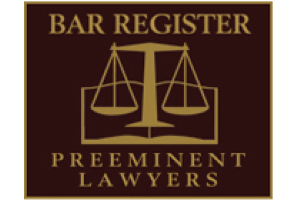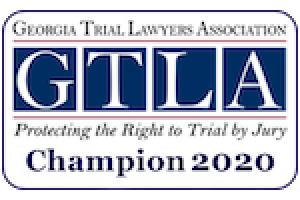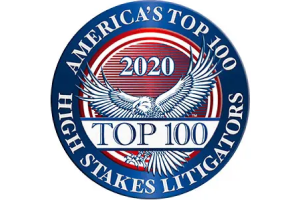Rapid Response Teams & the Importance of Prompt Investigation
When a significant large commercial truck accident happens, typically the truck driver immediately calls the dispatcher, who calls the risk manager even at home in the middle of the night, who in turn calls in a “rapid response team” – a defense lawyer in the state where the crash occurred in order to claim work product privilege for anything that is done, and an investigator.
The investigator, and sometimes the defense lawyer, may arrive at the accident scene before the debris is cleared. When this happens, critical evidence may be “lost” and the course of police investigation may be affected.
They may then make sure that any harmful electronic evidence is deleted within a matter of days, and that documents are not retained a moment longer than required by law, if that long.
Driver logs may go missing, or may be reconstructed. GPS data downloads may be modified.
In addition, police reports are often prepared without the benefit of input from people in the smaller vehicles, who were killed or seriously injured, while the truck driver and the company’s investigator are able to tell their story to the investigating officer. Without supportive independent eyewitnesses or unequivocal physical evidence, many cases may be lost at the starting line.
As plaintiffs’ lawyers, we often get our first call about the case about 23 months later. However, on the rare occasions when we are called soon after the event, when feasible we like to launch a rapid investigation for the plaintiff.
A lawyer who has not already mastered the subject matter of motor carrier litigation, and does not already have a relationship with a qualified commercial vehicle collision investigator, should immediately associate someone who does.
While the police report is a starting point for review of a case, that is all it is. Errors and omissions abound. The investigation for the plaintiff in a catastrophic truck collision may include, depending upon the specifics of the individual case, a variety of types of experts.
At minimum, while carefully avoiding anything that could result in becoming a fact witness, the lawyer should promptly seek to:
- obtain the police report,
- visit the accident scene,
- meet in person with the reporting officer to obtain information much of which may not be in the written report and to build rapport,
- obtain all supplemental reports, witness statements and photographs, and
- interview all known witnesses.
Photographs may be found in places other than law enforcement, including but not limited to firemen, tow truck personnel, EMTs, local news media, freelance or citizen reporters, and other governmental agencies that participate in cleanup of wreck sites.
The plaintiff’s lawyer should promptly try to track down the remains of any vehicles, have comprehensive photographs made, and consider whether or not to purchase the salvage of the client’s vehicle.
If the lawyer is on the case early enough, skid and gouge marks and accident debris may still be at the accident scene, and all such evidence should be preserved.












